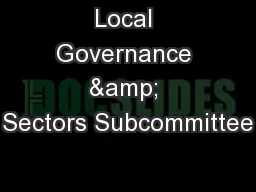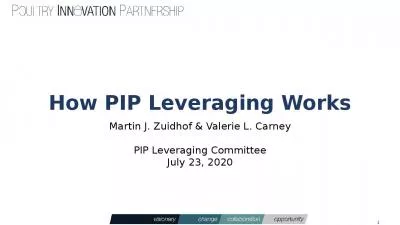PPT-Leveraging Industry Sectors for Business Engagement &
Author : ellena-manuel | Published Date : 2018-10-25
Layoff Aversion Karen Hoopes Wendy Brors Courtney Popp Key Points Rapid Response IS business engagement Sectors is a proven and successful business engagement strategy
Presentation Embed Code
Download Presentation
Download Presentation The PPT/PDF document "Leveraging Industry Sectors for Business..." is the property of its rightful owner. Permission is granted to download and print the materials on this website for personal, non-commercial use only, and to display it on your personal computer provided you do not modify the materials and that you retain all copyright notices contained in the materials. By downloading content from our website, you accept the terms of this agreement.
Leveraging Industry Sectors for Business Engagement &: Transcript
Download Rules Of Document
"Leveraging Industry Sectors for Business Engagement &"The content belongs to its owner. You may download and print it for personal use, without modification, and keep all copyright notices. By downloading, you agree to these terms.
Related Documents














